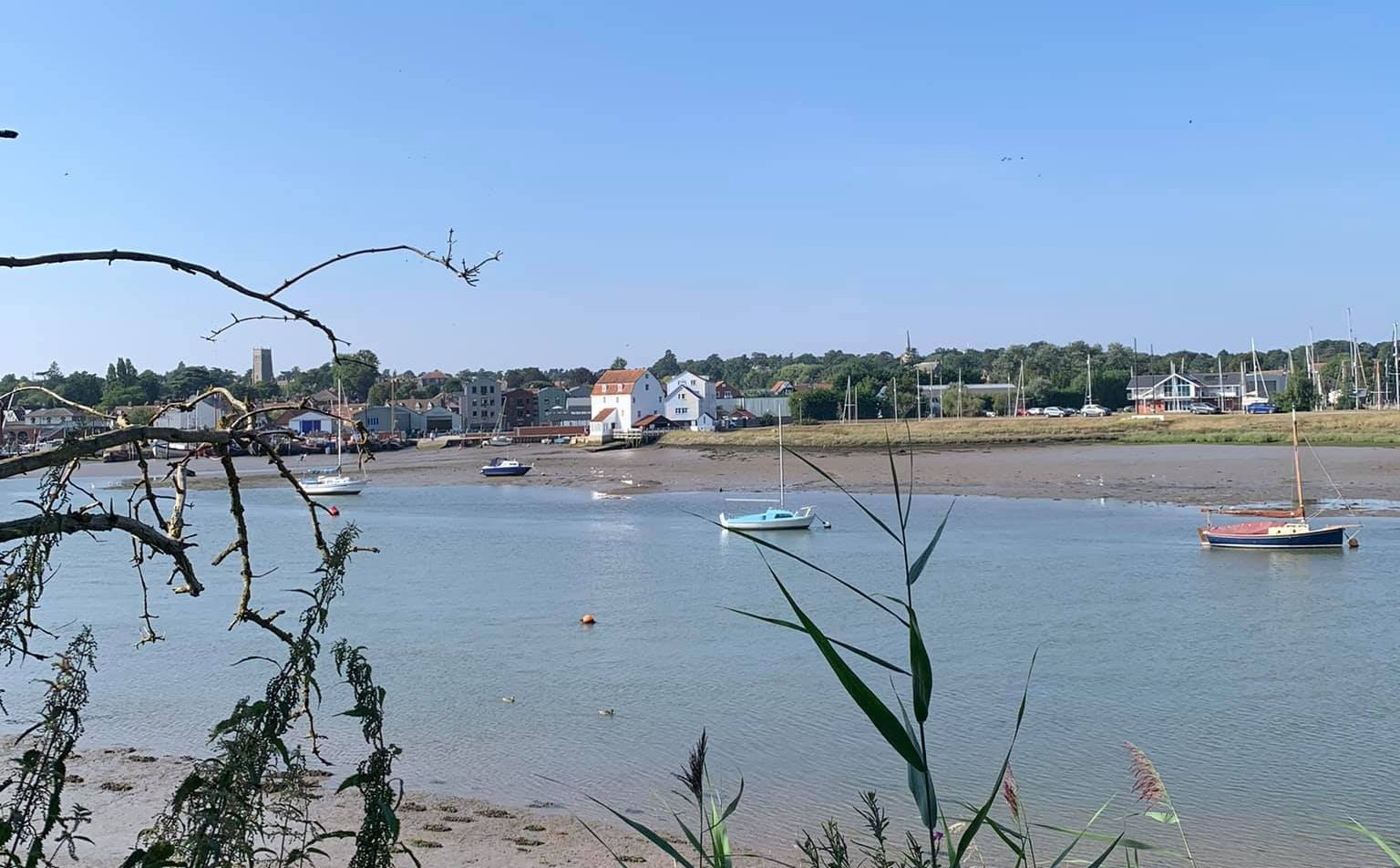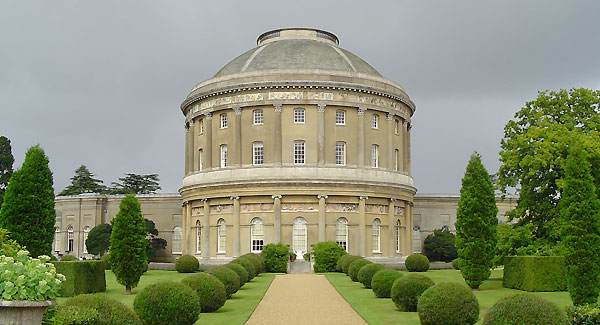A short distance from the town centre of Leiston you will find the remains the 14th Century Leiston Abbey. In 1182, Sir Ranulf de Granville had established an abbey at nearby Minsmere. Minsmere however is marsh land and 200 years later after numerous floodings it was decided to move the abbey to Leiston. As Suffolk does not have many quarries it was decided to dismantle and move much of the stone from Minsmere in order to build the new abbey at Leiston. |
|||
 |
 |
||
 The order of Augustinian Canons who lived at Leiston were know as the White Canons after their white habits. They remained at Leiston until all monasteries were dissolved by King Henry VIII. After this time the Abbey fell into disrepair, once more the stone was looted to build other buildings and by the 1920’s it was a farmyard. The order of Augustinian Canons who lived at Leiston were know as the White Canons after their white habits. They remained at Leiston until all monasteries were dissolved by King Henry VIII. After this time the Abbey fell into disrepair, once more the stone was looted to build other buildings and by the 1920’s it was a farmyard.
Since that time the buildings have been saved from further looting and the ruins are now in the care of English Heritage. Open to the public all year round, free of charge, donations accepted. The Richard Garrett Works or “Leiston Works”, as it is locally referred to, dominates the history of the town of Leiston. Garrett’s made steam tractors and cast metal products, they also produced ammunition in both World Wars. The company stopped production many years ago but there is now a museum tracing the history of the company and the town, the Long Shop Museum is a fascinating place for young and old. The museum contains static displays of steam road locomotives, vintage fire engines, local railway vehicles and farming implements. In the early 1900’s Garrett’s produced a steam-driven cinema projection system which toured local towns (this was essentially a mobile cinema). Such was the success that the operators eventually built a permanent base in Leiston High Street, the half timber framed Leiston Film Theatre still stands and operates as a cinema to this day, it is the oldest purpose built cinema in Suffolk. The former home of Richard Garrett now houses the Summerhill School. Founded in the ’20s by A.S. Neill it’s pupils are not required to attend classes and also self-govern with regard discipline. In World War II an airbase was constructed on the west of the town, from here both British and American pilots were stationed. |
|||
 Above: Sizewell Nuclear Power Station |
|||
| Whereas Garrett’s was the major local employer of the last century the present one is the nearby Sizewell Nuclear Powerplant. Sizewell is a small village on the coast just outside of Leiston. | |||
| RSPB Minsmere Nature Reserve | |||
| For a great day out in beautiful scenery, why not visit RSPB Minsmere nature reserve? (Minsmere is situated just a short drive from Leiston an well sign-posted). The visitor centre includes a shop and tearoom, and there is an extensive guided walks programme throughout the year, to help you to learn more about the reserve’s wildlife.
Nightingales sing during the spring, and in autumn, the rutting red deer make an impressive sight. Winter is an excellent time to visit the Suffolk coast, with thousands of ducks on the reserve, and large starling flocks at dusk. RSPB Minsmere Nature Reserve, Westleton, Saxmundham, Suffolk, IP17 3BY |
|||
Leiston
Related Posts
Woodbridge
Situated on the Deben Estuary. Once an important shipbuilding town Woodbridge centre retains it’s old worlde charm. The white weather-boarded Tide Mill, now fully restored and in working order, sits…
Bury St Edmunds
Behind the faces of the many Georgian looking buildings in Bury St Edmunds are houses of the 17th Century and earlier. Much of the town dates from the period 1750-1850.…




